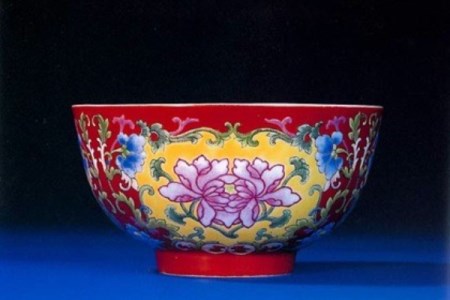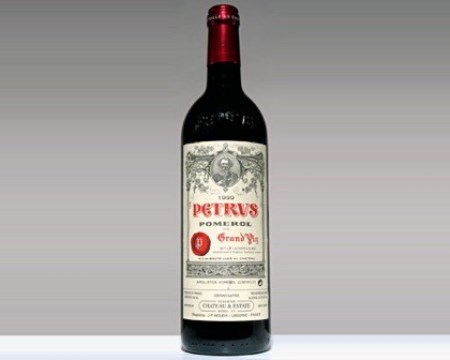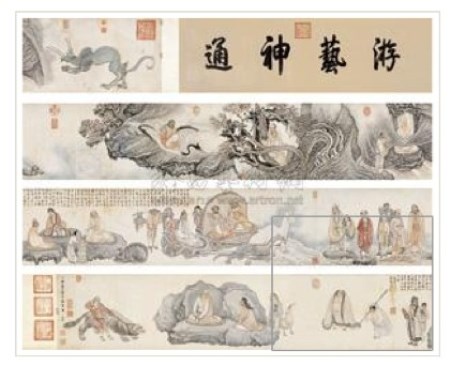More and more of the wealthy elite in China are looking to make investments in goods such as art and wine, over and above traditional investment opportunities.
Over the last few years, on top of buying Chinese brush and oil paintings, Mainland collectors have also been migrating towards new categories such as Western masterpieces, modern art, wine, cigars, watches and jewellery.
For instance, Sotheby’s reported that 57 percent of wine sales by volume went to Asian collectors this year, most of whom were mainland buyers.
Essentially, what was traditionally considered western luxury is fast becoming the standard of luxury in China as well. Kevin Ching, CEO of Sotheby’s in Hong Kong explained: “We saw a big surge in Chinese buying in categories that they were not familiar with. We have now seen mainland buying – not in huge quantities – of Western, Impressionist and contemporary art,”
For the first time in Sotheby’s 10-year history in Hong Kong, mainland buyers accounted for nearly 40 percent of Sotheby’s Asian sales during last autumn’s auctions. That figure represents a two-fold jump from 18 percent in the fall of 2008.
In a prime example of this powerful phenomenon, at one auction a Chinese buyer paid US$93,077 for a 6-litre bottle of 1982 Chateau Petrus wine, setting a world auction record for Chateau Petrus imperial wine.
However, while Chinese investors are more willing than ever to splash on Western art, they’re also pushing up the price of domestic pieces. A case in point was a painting entitled Eighteen Arhats, by the 16th Century Ming Dynasty painter Wu Bin. It recently went under the hammer for 169.12 million yuan (US$35 million) – reportedly the highest amount ever paid for a Chinese painting at auction.
Furthermore it (below) was brought in 1992 for just US$620,000. So it’s value skyrocketed by a factor of 40 times in only 17 years.
All in all we’re therefore looking at the rapid expansion of Western style investments for China’s booming middle classes. And to keep the momentum going, international auction houses and galleries in China hope to collaborate with educational institutions to further educate Chinese on Western contemporary art and hopefully generate new interest in the value of art.



